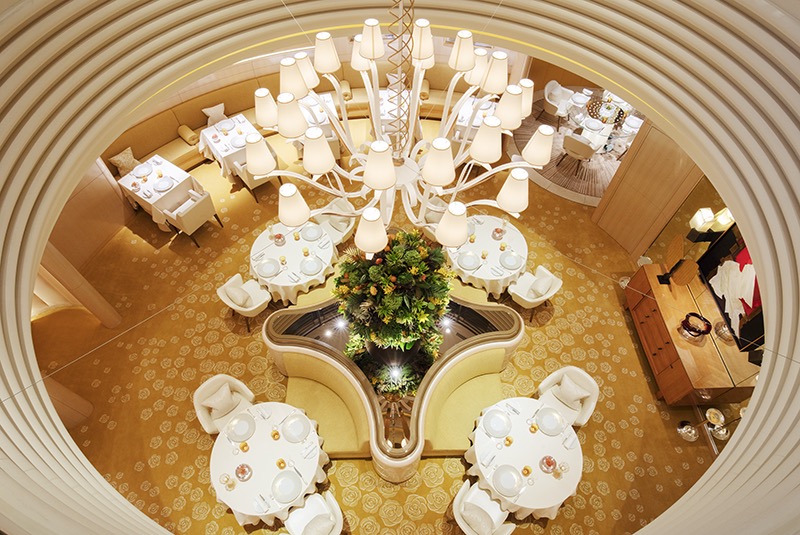Delicious. Clearly flavored. Precise.
Minimalistic. Just (exact). Assortment of rich, full-flavored seasonal foods from different locations and magnificent French (grand) service. L’Osier I visited then was a cozy private restaurant tucked away in the otherwise bustling Ginza district. The restaurant housed an art collection that contained a mix of contemporary and Art Nouveau works. It was an icon of French cuisine in Tokyo. Even in France, there are few restaurants where you can find such perfectly elegant offerings. There was a wonderful balance of various parfums (aromas), textures, and flavors. The selection of wines and champagne was, needless to say, spectacular. And the meal concluded with a delectable tea. The chef, who appeared cordial, conversed happily with guests, speaking in a mixture of Japanese and French. This was the moment I’ve learned how the Japanese loved my friend Jacques Borie. This was the impression I received from my visit to L’Osier in 2004, when I visited with my friend and Japanese business partner for Maison Kayser, Shuichiro Kimura. It was a terrific opportunity, and a very unforgettable and special dinner.
I knew that in Japan it was important to become good friends first before entering into a business relationship, otherwise things would not go well later. For me, this describes how my relationship developed with Mr. Kimura, and for Jacques Borie, this is likely how his relationship formed with the people at Shiseido. At Maison Kayser, we pay especially close attention to the needs of our customers in Japan, right down to the size of every piece of bread we bake. Our bread products in Japan are very small (unlike those at our boulangerie in America, where our breads are large). Our baguettes are the same as in France, 220g and made from wheat flour. However, all of our other products are miniaturise (reduced in size). The Japanese have a penchant for petite breads, each with a different distinct flavor. In Japan, close attention is given to the packaging of our bread. Sometimes I think it is somewhat excessive. From the standpoint of both environmental impact and the preservation of the flavor of our bread products, my staff in Japan and I are currently thinking of switching our packaging and adopting the economical packaging practices we use in France. In this manner, some of the positive aspects of France are likely to gradually sink into the lifestyles of the Japanese people. L’Osier is a restaurant that tells the true story of France’s history in Japan but with a distinctive Japanese touch that is attentive, detailed, and subtle. I found the achievement of this exquisite balance to be a surprisingly superb feat.









